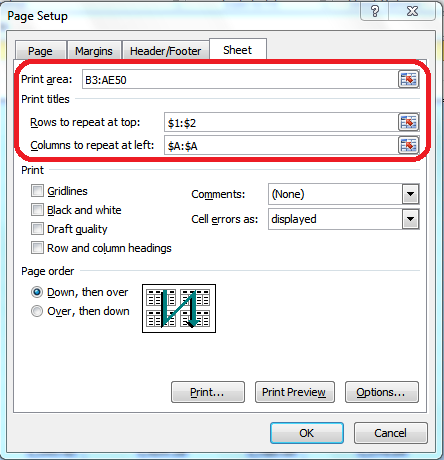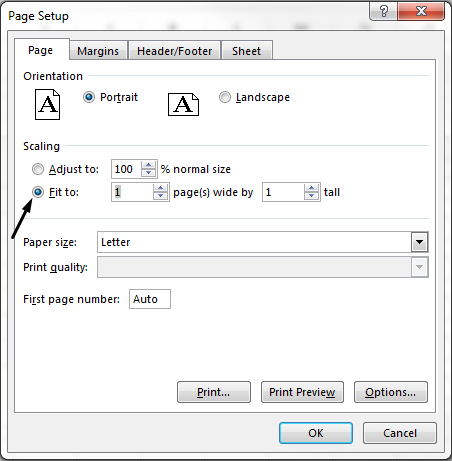

Those are a few of the options you can format plot areas in Excel graphs with. That opens a menu with various Bevel effect options on it. Then you can add 3D effects to the plot area by clicking the Top or Bottom options. You can also add 3D format effects to the graphs by selecting 3-D Format option. Drag the Size and T ransparency bars to further customize the glow effect. Click Presets to choose a glow variation. There you can add shadows to the graph’s inner or outer plot areas.īelow Shadow you can select Glow and Soft Edges. Then select Presets to open shadow options as shown in the shot below. From here, you can choose rows or columns to repeat on each page. Select the Direction option to choose alternative directions for the gradients.Īdd shadows to the plot area by selecting Shadow. Click the Page Layout tab on the Ribbon, then select the Print Titles command. If you select Gradient fill, as below, you can choose a variety of gradients with the Presets colors option. Then select either Solid fill or Gradient fill. To add alternative colors to the plot area background, click Fill on the formatting window. From there you can choose a color for the plot area border. Click Border Color and Solid line, and then select Color to open the palette. That will open the window in the snapshot below.įirstly, you can choose alternative colors for the border. If you’re going to keep the plot area on the chart, select More Plot Area Options. There you can select None to remove the plot area from the chart if it’s not required. Click Layout and select Plot Area to open a submenu with a couple of options on it.

Select those numbers, click Insert and then choose a graph to add to the document as below. For example, you can add glow effects, shadows and a 3D format to the plot area border.įirst, enter the numbers for your graph in an Excel spreadsheet. Excel 2010/2013 includes a variety of options to customize the plot area with.

Microsoft Office 365 ProPlus English (284).Print What:If we select the arrow at the right of the command the drop down menu will appear where we can select one of the Print settings as shown in the image below.
How to change print area in excel 2013 full#
Scroll down the list until you find Print Preview Full Screen. When the Excel Options dialog box appears, choose Commands Not in the Ribbon. Once we activate the check box at the left of the command Use The Following Print Settings we are able to do the following: Right-click on the QAT and then choose Customize Quick Access Toolbar. If we want to change the Default Print Settings we must activate the check box at the left of the command Use The Following Print Settings in order for the rest of the commands to be activated as we can see in the image below. All we have to do is to select the check box at the left of the command. The first command to select from and which is the default is to Use The Most Recently Used Print Settings. In the case that we only have one presentation open, the current presentation will appear in the drop down menu. In the image below I have opened two Presentations in order to select which one I want to choose. Then from the area named When Printing This Document we can select the drop down arrow located at the right, where we can select the Presentation that we want to change its default print settings. Then from the middle of the dialog box we scroll down until we locate the area named When Printing This Document. Change Print Active Sheets to Print Entire Workbook (Excel always defaults to Active Sheets). Once selected the PowerPoint Options dialog appears where from the left we select the category Advanced as shown below. Do you always use the same print settings for your PowerPoint Presentation? Do you only print the Outlines or Notes of your Presentation? Does it become irritating doing the same steps over and over again when coming to print it? Well in PowerPoint we can change the Print Settings for the current Presentation or for another one by following the steps below.įirst of all we must select the File tab in order to move to backstage View, and then from the drop down menu that appears we select the Options category which is located at the bottom left corner of the menu as shown in the image below.


 0 kommentar(er)
0 kommentar(er)
